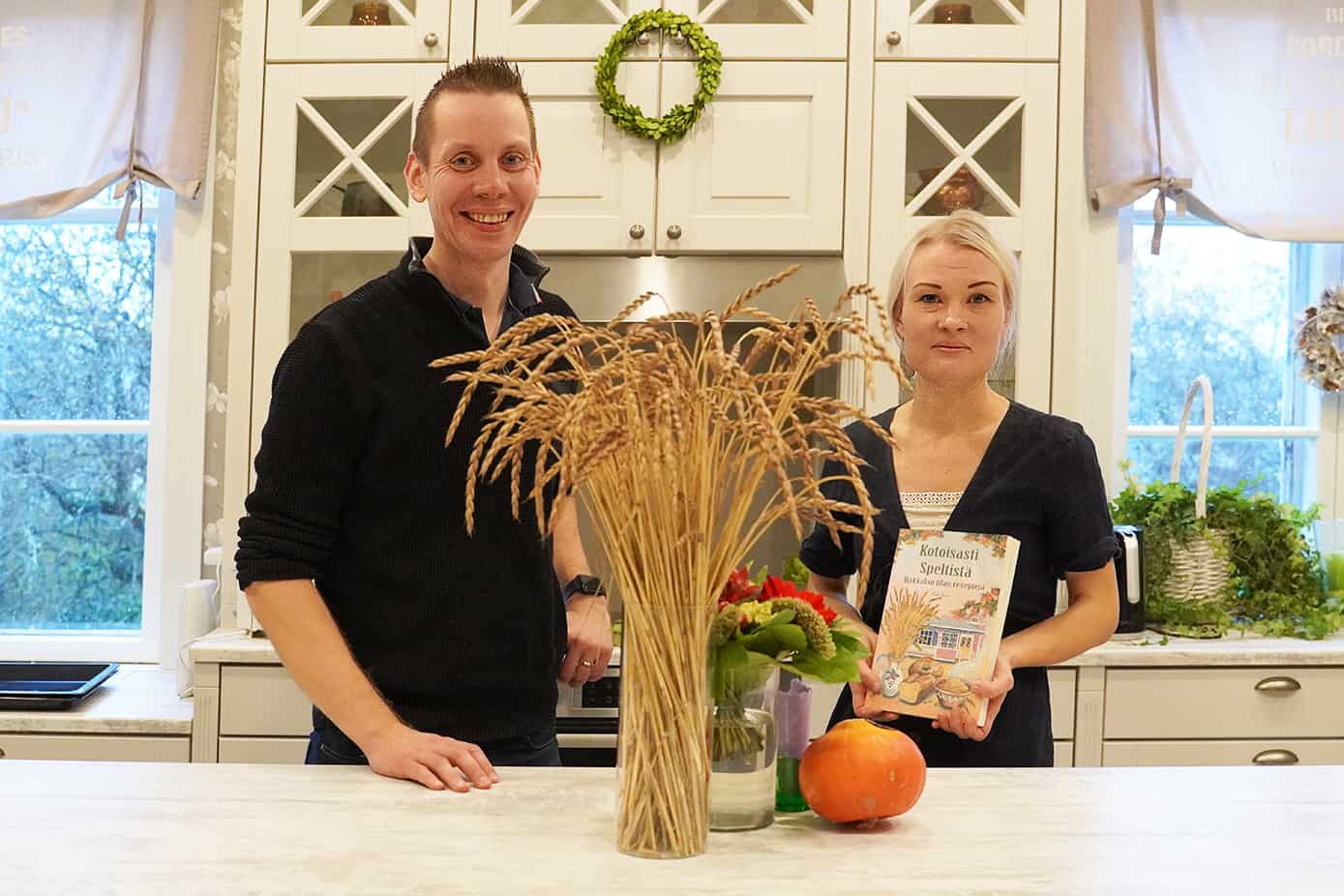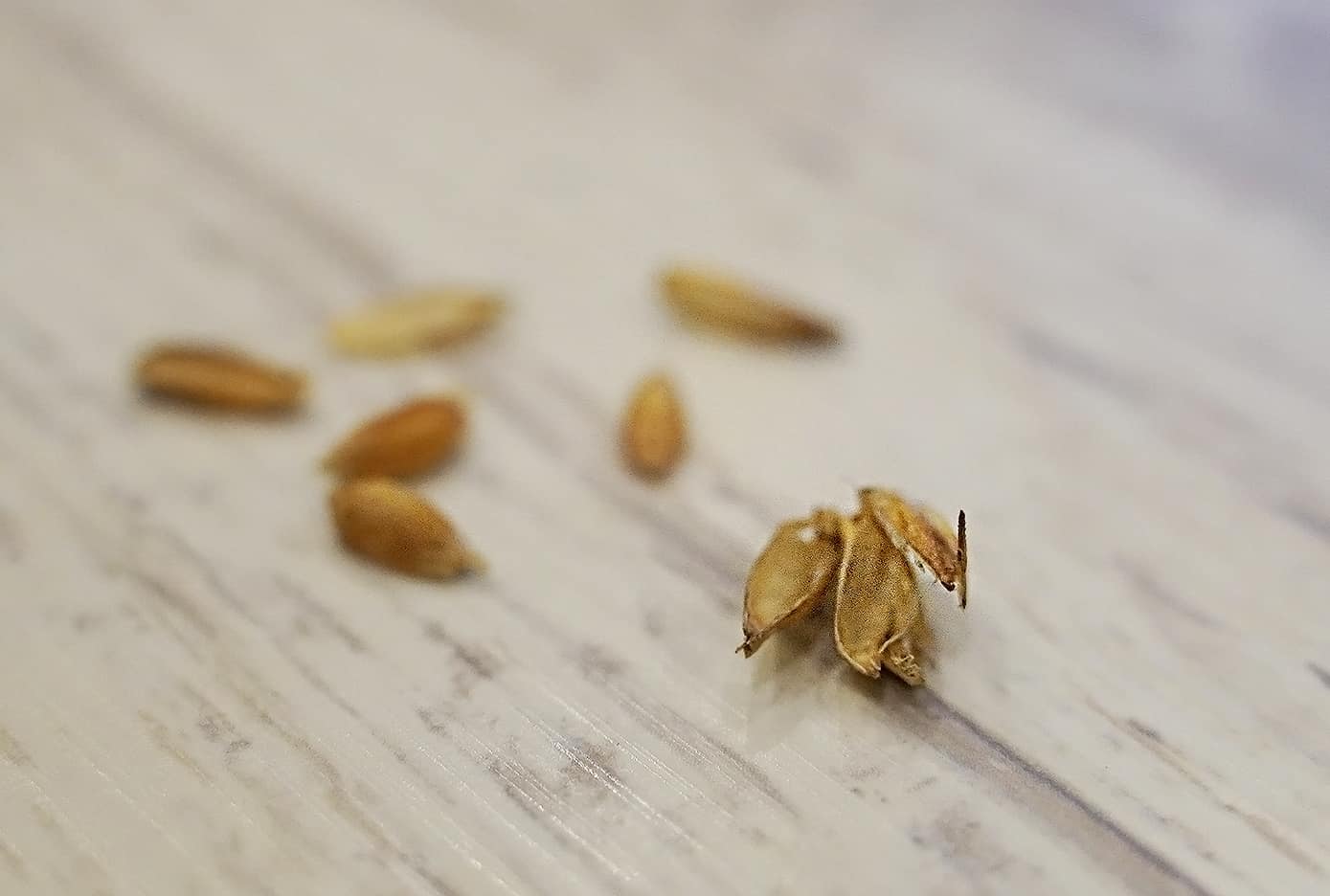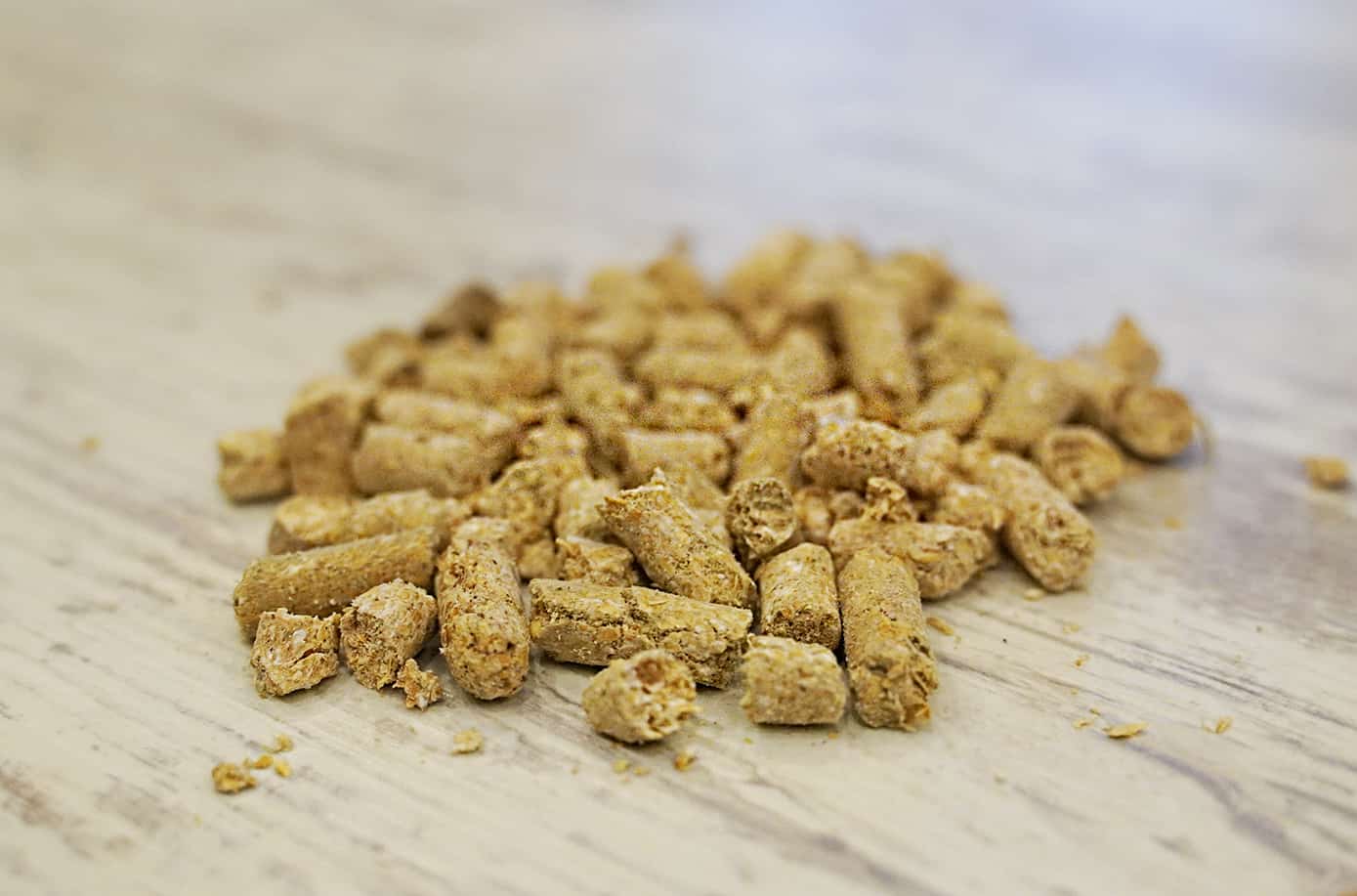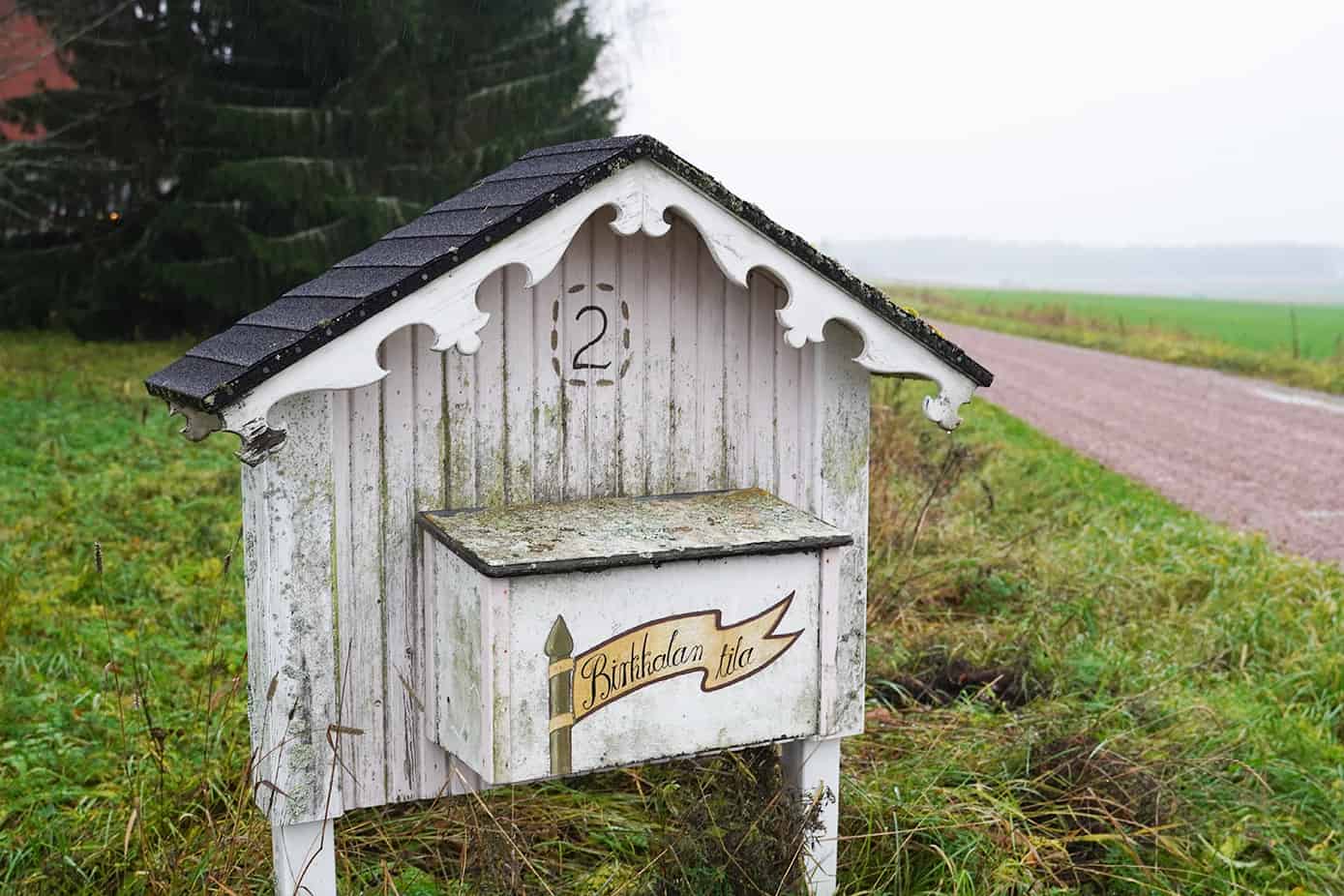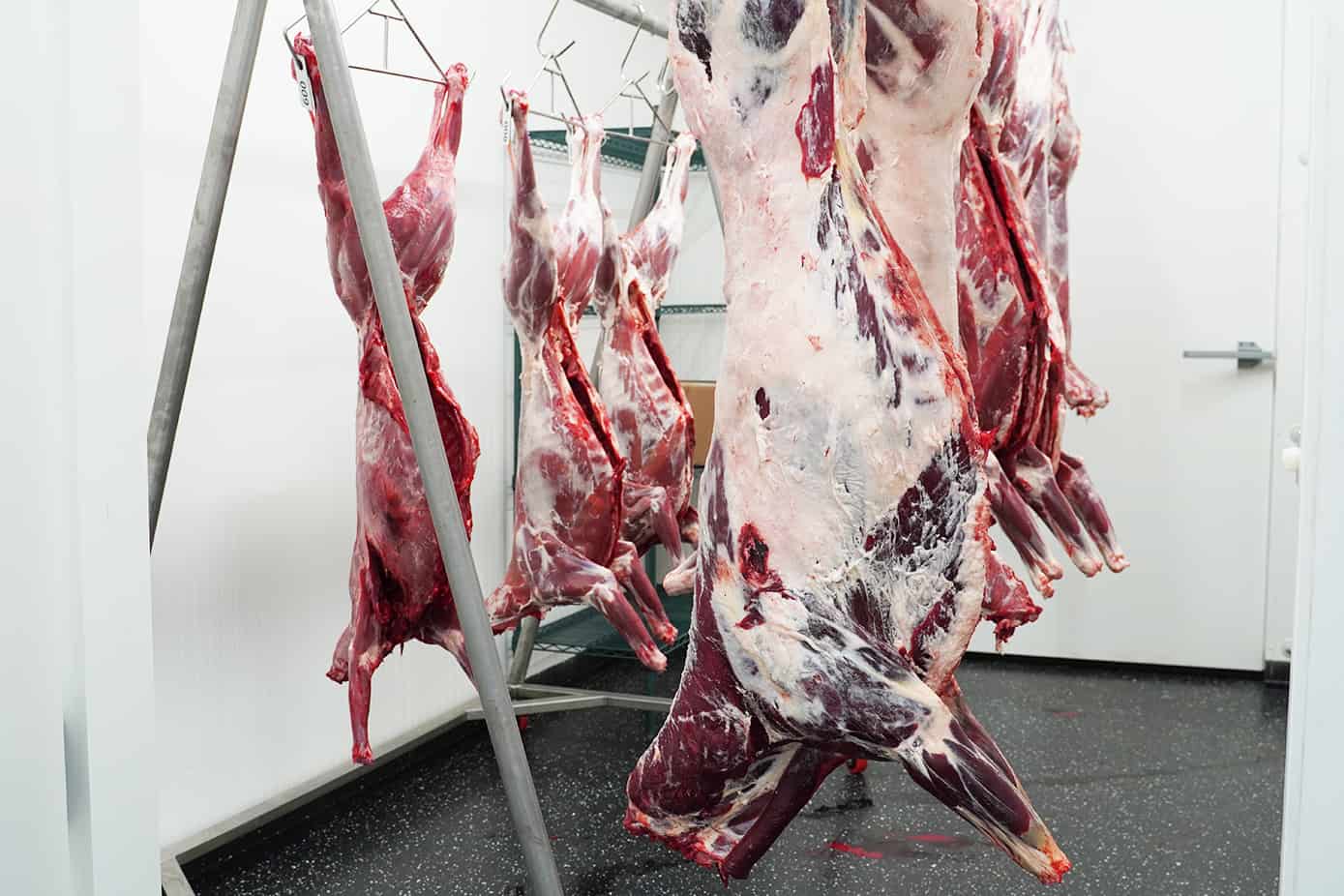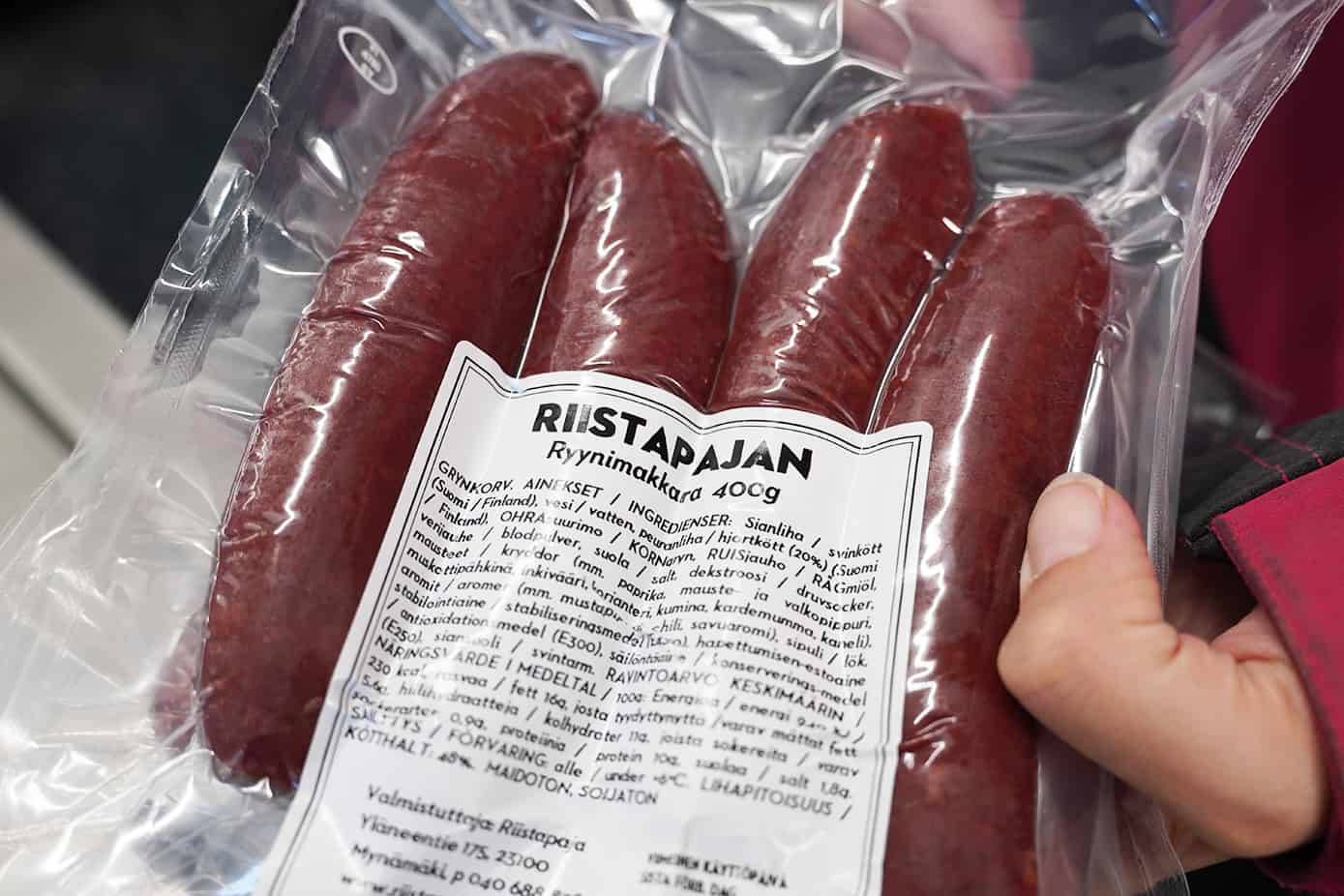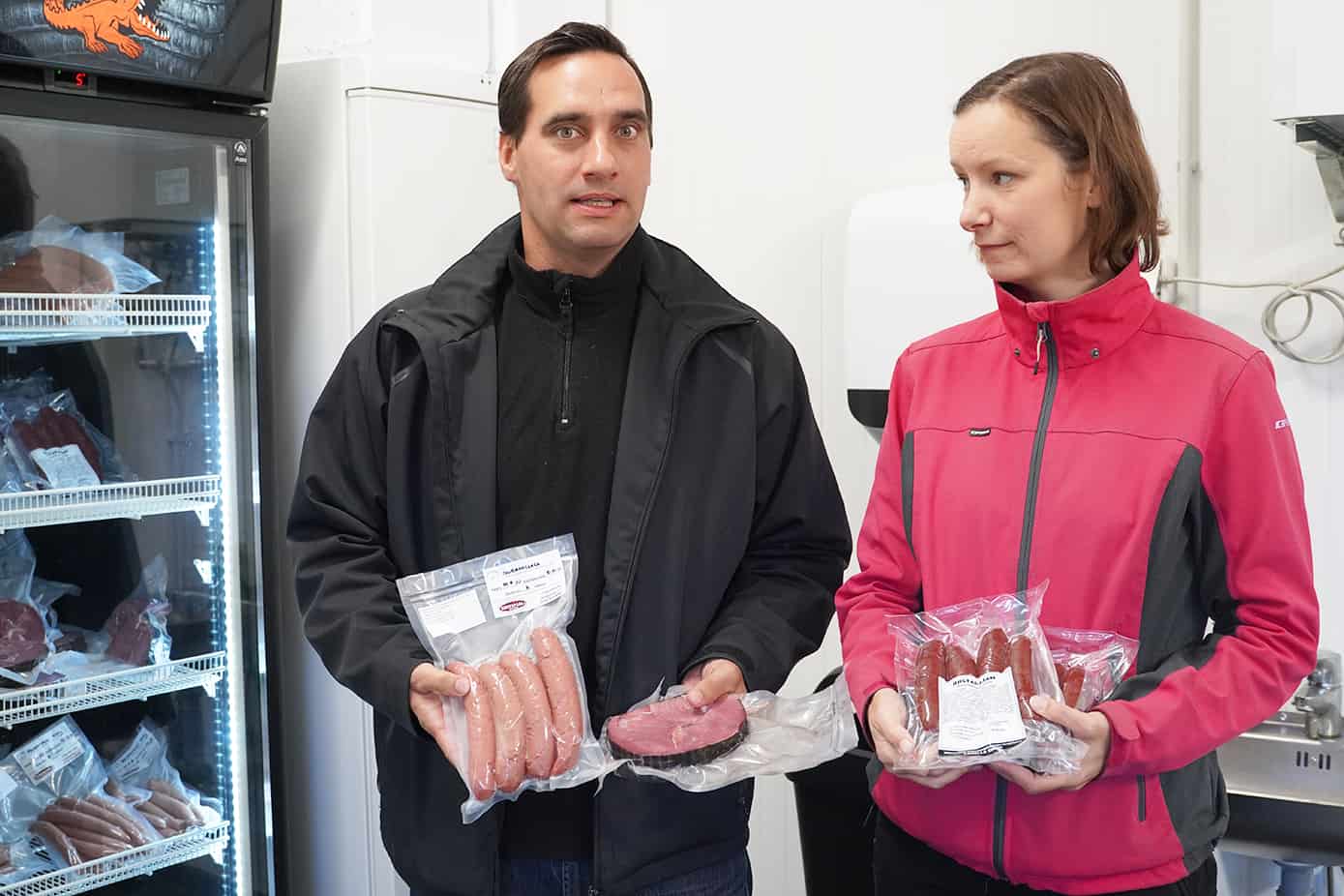Böhle Studios, built in Piikkiö in 2020, makes sounds for commercials and art. The first job done in the studio was a soundtrack for an interactive sound installation, on show in the Central Library Oodi in August. At present, vitamin commercials recorded in Piikkiö run on TV, and in addition Lehto always has some sort of a cultural project of his own going on.
Jani Lehto, a professional in audiovisual communication, founded his first company in 2002 in a building at the end of Aurakatu, only a block from the Turku marketplace.
– At that time, there were several advertising agencies on Aurakatu, so my company was very well situated. It was easy for the advertising people to pop in from the houses nearby to record, for example, a radio commercial. The studio looked very much like the present studio, apart from the fact that studio was in a low basement with bad ventilation, Lehto explains.
In 2015, Lehto, who had lived all his life in town, started to think of country living.
– My partner is an artist too. In Turku we paid the rent for our apartment and also for the workspaces. We started to look for a space in the country, where both of us could work and live as well.
Lehto’s partner, Elli Vuorinen, works in animation.
They found a new home in Piikkiö, an old farm in quiet and peaceful surroundings.
– I built the studio in the old cowshed, built originally in the 1940s. The cowshed had since then been renovated for agricultural machinery in the 60s and the following renovation prepared the space for cultural entrepreneurship. It is great, even ecologically, to be able to use old buildings again, Lehto comments.
The best thing about the studio is, however, that it is in the same courtyard with the home.
– It totally upends the job. Before I often had to wait around at the studio for a customer to approve some part of the job at hand before I could continue with it, but now while I wait, I can go and chop some wood, or mow the lawn. Or, from another point of view, if a customer wants a slight change to the job, I can go and fix it at the studio without spending time commuting. This way running the business is a hundred times more flexible.
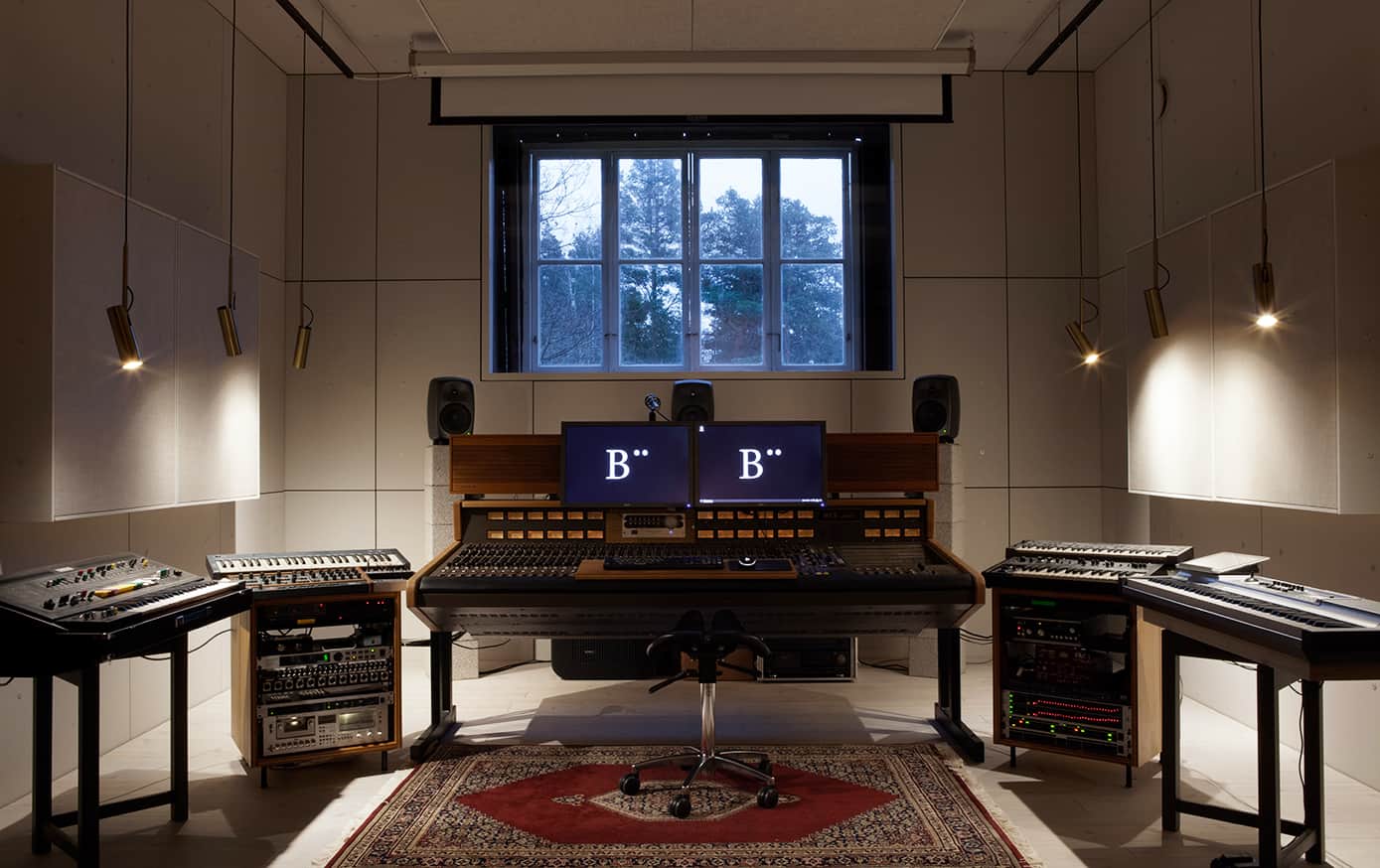
Investment aid from Varsin Hyvä
Böhle Studios was completed in June 2020.
– Building soundproof spaces is quite complicated, and I have done everything myself from start to finish. Apart from the electrical work, of course.
Jani Lehto received investment aid from the Leader project Varsin Hyvä.
– I had heard of rural funding before, but I had the notion that to apply for such funding was complicated and bureaucratic. Then, at Piikkiö Päivä, I met Varsin Hyvä people at their stand, and found out that it wasn’t so. I got sound advice and making the application was not complicated at all.
20 % aid was granted to the 16,000-euro investment. With the new studio, the income of the company has taken a sharp upswing.
Additionally, investing in the studio, might have a beneficial effect on the employment numbers in Finland Proper countryside. Most of Lehto’s sound actors come from Helsinki at the moment. Böhle Studios is constantly looking for new voices for radio and TV commercials. Furthermore, Lehto is negotiating a contract to produce sound for a children’s TV series.
– This field has pretty good growth potential now. The popularity of podcasts and audio books is growing steadily, and there are more and more TV dubbings done, so spoken word is needed all and all. Please be in contact if you’re interested, Lehto hints.
Most of all a cultural entrepreneur
Even if Lehto’s calendar is filled with commercials at the moment, he considers himself a cultural entrepreneur above all.
– My career started with making my own music from my point of view. I have made sounds for video artists and short films. Primarily I sell my know–how in sound and music, he specifies.
– For example, the Oodi sound installation was done completely remotely. The artist never once came to Piikkiö. People’s location makes no difference nowadays as many artistic projects are easily worked on remotely. It is great to live here in the peace and quiet of the countryside and not push onto the ring road every morning.
There is development work to do in the countryside, however.
– Better public transportation would improve both living and working in the countryside. If we want to keep countryside viable, it needs to be regarded as comfortable living environment and not only as a place food production or business. Isn’t it so that no one moves to the country to do business, if one can’t live there too?
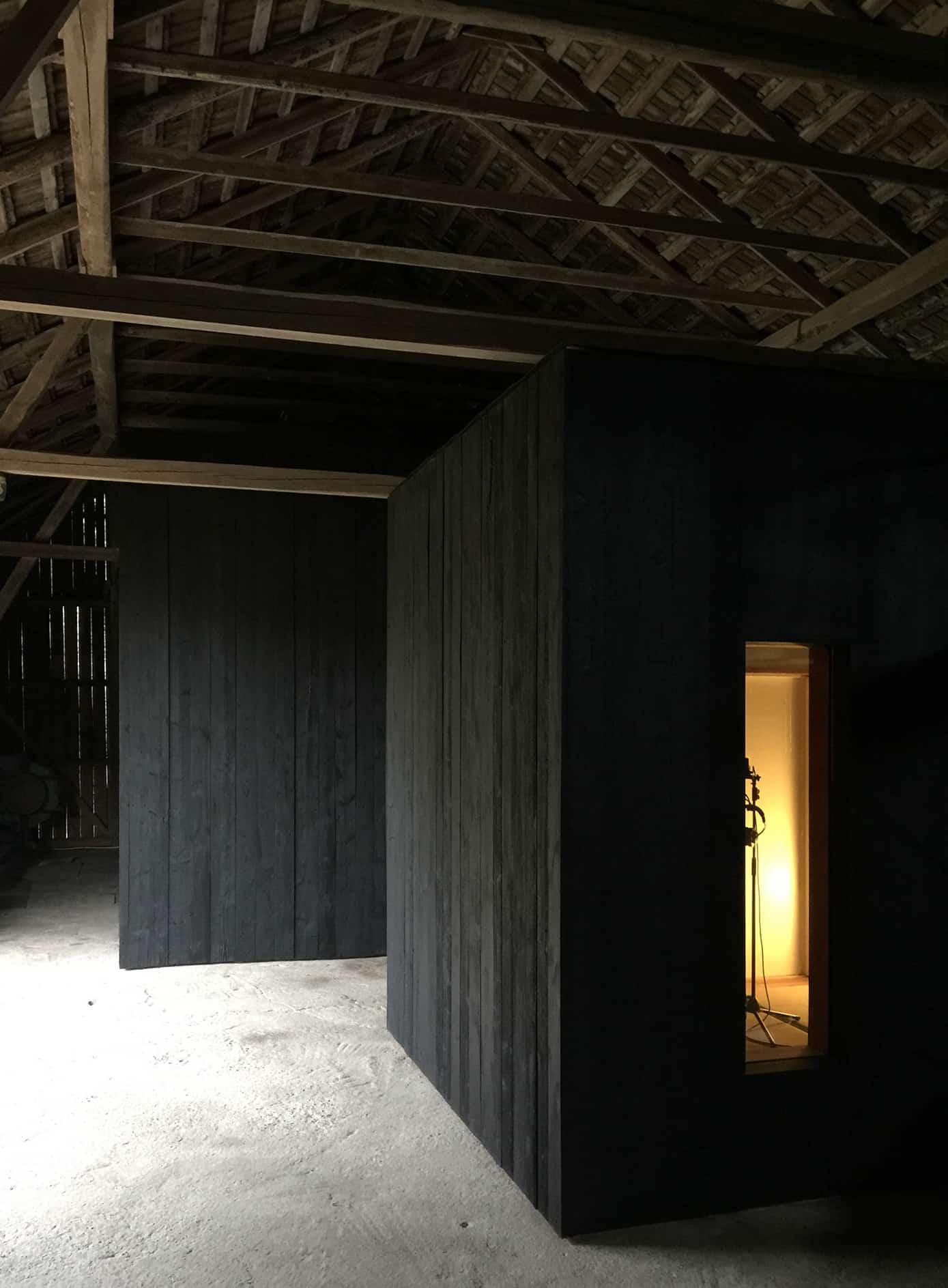
Text: Janica Vilen
Translation: Sirkku Viitanen-Vanamo


